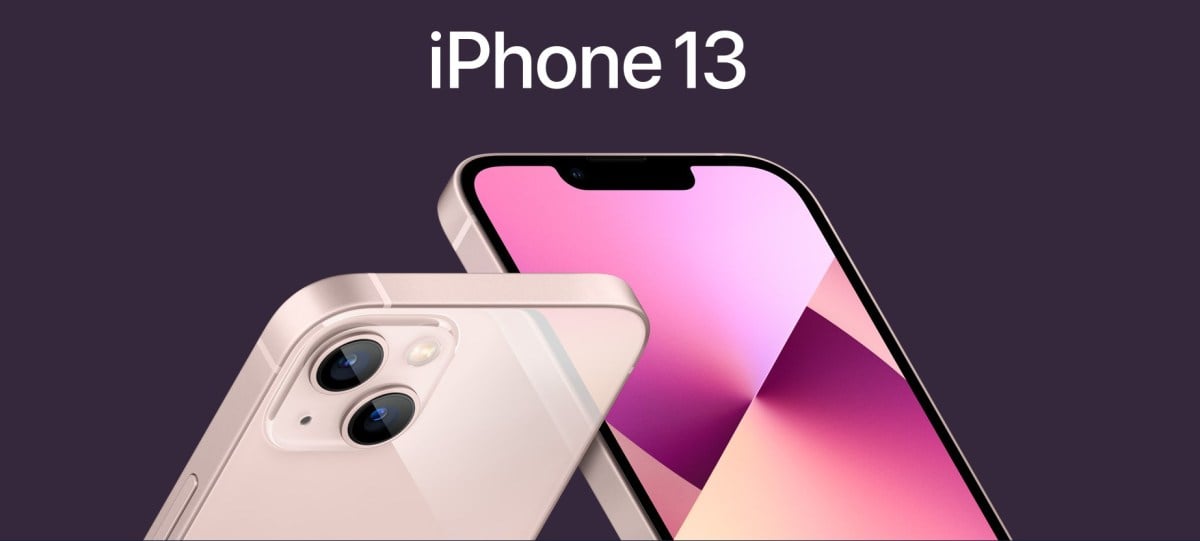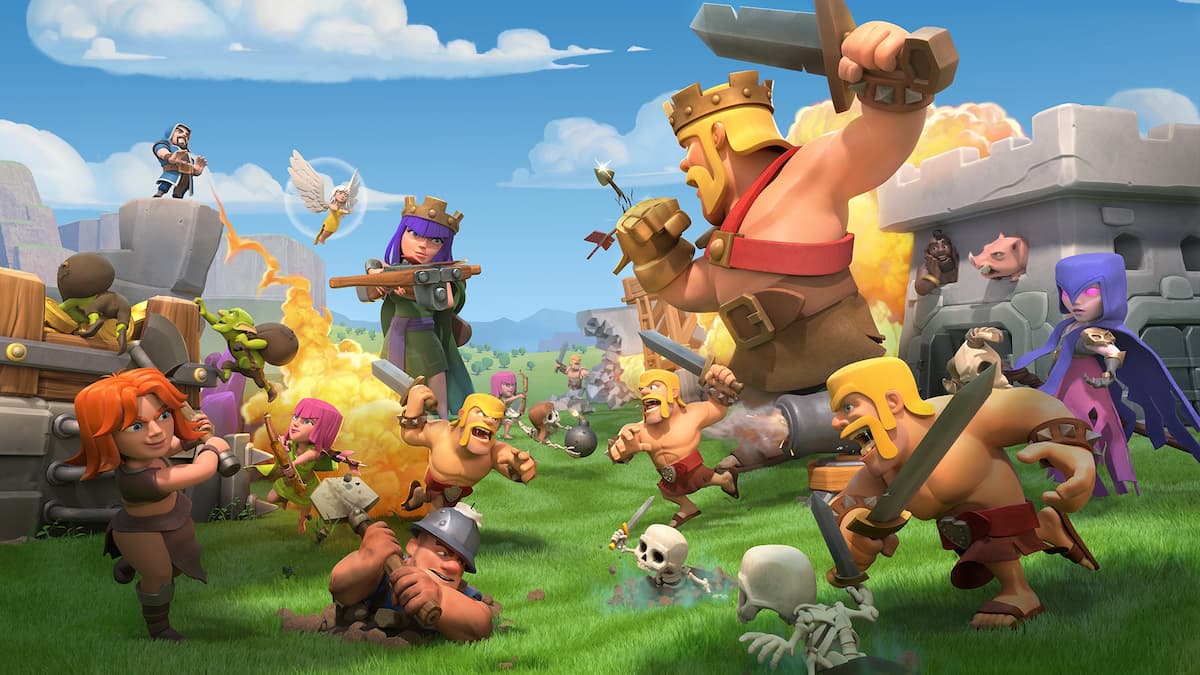Phone producers introduce new features every year. While some of these will be enough to justify an upgrade, others will end up more niche. Not having 5G, on the other hand, could become a dealbreaker when it comes to cellular usage, and making 5G-compatible phones has become one of the core objectives of most phone producers.
Apple’s first 5G-compatible phones came out last year. The iPhone 13 series also joins the ranks of devices with access to 5G. From iPhone 13 mini to iPhone 13 Pro Max, all members of the iPhone 13 family support 5G, meaning you’ll have 5G reception with all models wherever your phone provider supports it.
While 5G may look like a gimmick to the average user, not having it might be a dealbreaker for gamers or users who perform bandwidth-intensive tasks. If you’ve been gaming with your cellular data, you should notice an improvement when it comes to your average ping while gaming. If you aren’t sure if your area has access to 5G, you should call your operator and double-check with them.
Picking up a 5G-compatible phone will be ideal for gamers who use their cellular data more often than they use Wi-Fi. If you’re on the other side of the spectrum, however, you may find more value in other budget picks. 5G phones tend to cost more than 4G-compatible devices. A decent chunk of the budget Android phones opt out of using the 5G technology, but if you’re looking to pick an iPhone, you can check out the iPhone 11 or an iPad. Players who’d like to have access to the latest hardware should find more value in picking up an iPad in this case since it also comes with a larger screen.
By default, your iPhone 13 should try to secure a 5G connection when you turn on cellular data, even if you transferred your settings and personal data from an old iPhone. If you’re looking to disable 5G, you’ll need to tinker with your connection settings to make sure your phone prioritizes 4G.







Published: Sep 25, 2021 04:21 pm